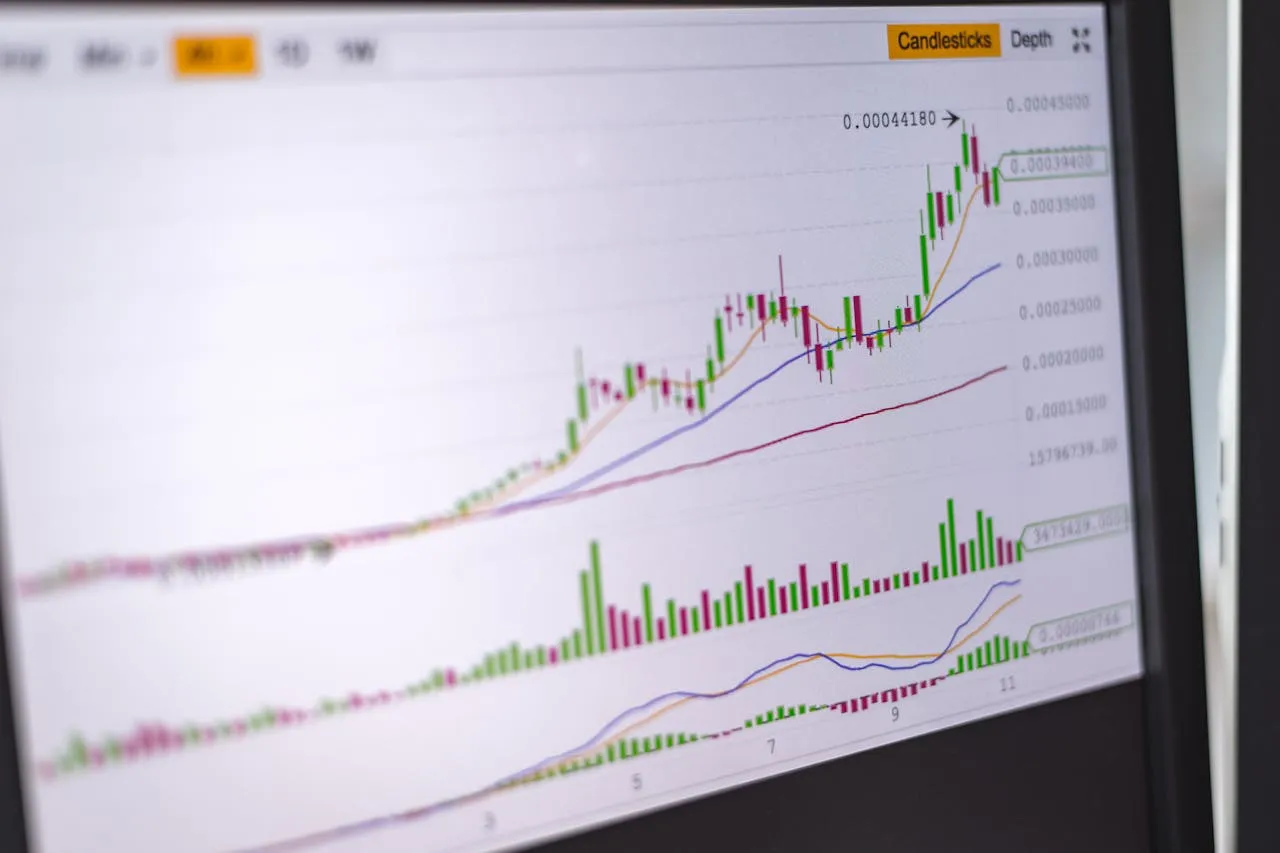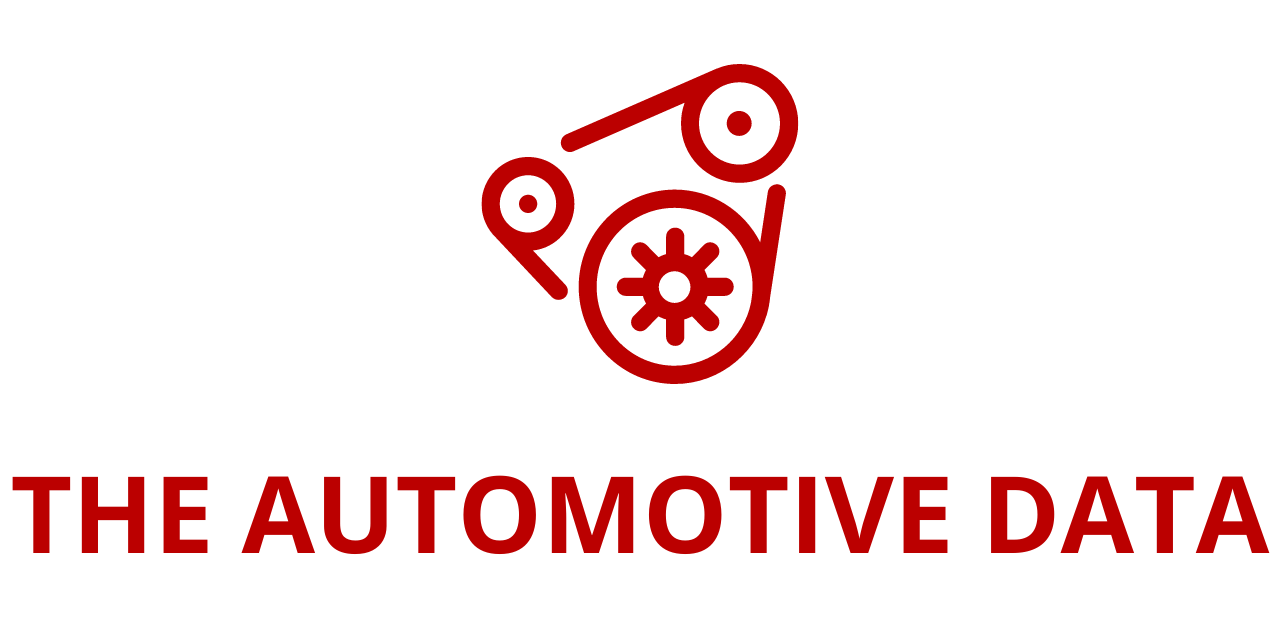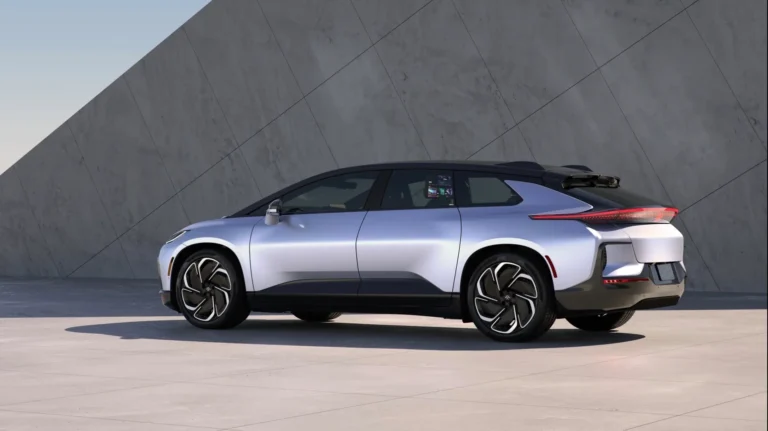
Asia-Pacific EV Battery Testing, Inspection, and Certification Market Poised for Rapid Expansion Through 2034
The Asia-Pacific electric vehicle (EV) battery testing, inspection, and certification (TIC) market is experiencing unprecedented momentum as the region accelerates its transition to electrified transportation. According to a comprehensive new report titled “Asia-Pacific Electric Vehicle Battery Testing, Inspection, and Certification Market: Focus on Vehicle Type, Stage Type, Service Type, Propulsion Type, Battery Type, Testing Parameter Type, Sourcing Type, and Country-Level Analysis – Analysis and Forecast, 2024-2034”, the market is forecast to grow from $2.03 billion in 2024 to a staggering $8.89 billion by 2034. This reflects an impressive compound annual growth rate (CAGR) of 15.91% over the forecast period.
Market Momentum Driven by Regulatory Pressure and EV Uptake
At the core of this rapid growth are strong government mandates, increasing EV adoption across key Asia-Pacific (APAC) economies, and continuous technological innovations in battery testing and quality assurance. Nations such as China, Japan, India, and South Korea are enforcing stricter standards for EV safety, sustainability, and performance—prompting automakers and battery manufacturers to invest heavily in reliable testing infrastructure and certification capabilities.
Testing, inspection, and certification services play a critical role in ensuring that EV batteries meet rigorous standards, covering aspects such as energy density, charge cycles, heat resistance, and overall reliability. These services help mitigate risks related to thermal runaway, capacity fade, short-circuiting, and structural failure—issues that have become more visible with the proliferation of electric vehicles across a range of applications, from passenger cars to commercial fleets.
Role of Regional Frameworks and Standards
The APAC TIC market benefits from a growing harmonization of regional certification and compliance frameworks. China’s GB/T series, Japan’s JIS standards, and emerging ASEAN regulatory guidelines are streamlining approval pathways and allowing for more efficient testing protocols. The result is a more cohesive regulatory environment that accelerates battery development, validation, and commercialization timelines.
Major manufacturing centers such as China, Japan, South Korea, and India are serving as the backbone of the region’s battery testing infrastructure. These countries are also home to fast-growing gigafactories that integrate in-house laboratories capable of conducting real-time, high-throughput performance testing, life-cycle assessments, and environmental stress screenings.
Technological Advancements Transforming Testing Capabilities
Modern battery TIC operations are rapidly evolving to incorporate cutting-edge technologies that improve testing accuracy, throughput, and adaptability. Some of the key innovations highlighted in the report include:
- AI-driven diagnostics and predictive analytics, enabling real-time identification of degradation patterns and performance anomalies.
- Digital twin simulations, calibrated to reflect localized usage conditions, allowing virtual stress testing before physical validation.
- High-throughput automated testing rigs, which boost efficiency for OEMs under pressure to meet compressed certification schedules.
- Advanced calorimetry systems, enabling precise heat mapping and thermal-runaway monitoring for next-generation chemistries such as solid-state and sodium-ion batteries.
These advancements are helping OEMs and Tier 1 suppliers not only de-risk certification bottlenecks but also reduce testing costs, improve compliance rates, and accelerate time to market.
Policy Incentives Fueling Market Growth
Governments across the Asia-Pacific region are playing a crucial role in supporting the expansion of battery TIC infrastructure through a variety of policy instruments. These include:
- Green funding schemes that incentivize the establishment of domestic battery testing facilities.
- Tax credits and subsidies for EV manufacturers and battery producers adhering to certified safety and sustainability protocols.
- Circular economy regulations promoting the repurposing and recycling of used EV batteries, which in turn require comprehensive health and safety assessments for second-life applications.
These measures are encouraging investment in state-of-the-art labs and infrastructure, particularly in emerging Southeast Asian markets that are poised to become key players in EV supply chains.
Market Challenges: Regulatory Fragmentation and Skills Gaps
Despite the sector’s robust growth, several challenges persist. One of the foremost is the fragmented regulatory environment across the APAC region. Differences in national testing and certification requirements create compliance burdens for multinational EV and battery firms operating across borders.
Another key obstacle is the shortage of highly trained professionals capable of executing complex battery testing protocols. This talent gap is exacerbated by the pace of technological innovation and the need for constant upskilling in areas such as software-driven diagnostics and materials science.
Additional barriers include:
- High capital investment needed for advanced testing equipment and facility construction.
- Infrastructure limitations, such as unstable power supply, cooling system constraints, and limited lab space in high-demand industrial zones.
Nonetheless, the market’s long-term outlook remains bullish, with the region’s governments actively working to address these barriers through education and skills training programs, public-private partnerships, and cross-border regulatory collaboration.
Strategic Value of the Report
This newly released report delivers critical insights that can help stakeholders—ranging from OEMs and battery manufacturers to testing labs, regulators, and investors—navigate the complex and fast-evolving APAC TIC market. Key areas of analysis include:
- Detailed segmentation by service type (testing, inspection, certification), battery type, vehicle type, propulsion method, sourcing strategy, and more.
- Comprehensive regional breakdowns, including in-depth assessments of China, Japan, South Korea, India, and other Southeast Asian markets.
- Technology forecasts for AI, digital twins, automation, blockchain, and material science integration.
- Competitive intelligence, featuring company profiles, market shares, service portfolios, and analyst commentary on leading players such as The Hong Kong Standards and Testing Centre Limited and ATIC (Guangzhou) Co., Ltd.
- Regulatory landscape analysis, offering an overview of international and country-level standards, as well as emerging sustainability and safety mandates.
By leveraging the insights from this report, organizations can identify high-growth segments, align their technology roadmaps with future compliance requirements, and develop region-specific market entry strategies.
Trends, Drivers, and Challenges: A Snapshot
Key Trends
- Regional standard harmonization is simplifying type-approval workflows.
- Automation and AI are reshaping testing and certification processes.
- On-site gigafactory labs are gaining traction for just-in-time testing.
- Thermal analytics are evolving for newer chemistries beyond lithium-ion.
Market Drivers
- Surge in EV sales across APAC, particularly in China, India, Japan, and Southeast Asia.
- Robust government support through green energy funding and domestic production targets.
- Rising demand for repurposed battery certification amid growing second-life applications.
- OEM focus on certification efficiency and reducing logistical overhead.
Market Challenges
- Capital-intensive nature of building and maintaining modern testing facilities.
- Inconsistent regulatory frameworks across the region, complicating compliance.
- Limited technical talent pipeline in advanced battery testing disciplines.
- Infrastructure-related issues in emerging industrial zones.






